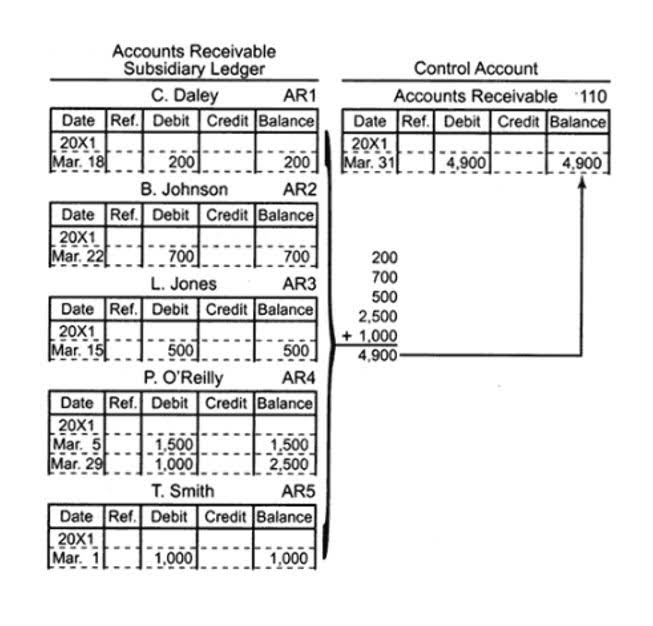
Let’s say an investor has been watching two similar companies, SuperCo and Gear Inc. Both of these companies have improved their return on equity compared to the rest of their peer group, which could be a good thing if the two companies make better use of assets or improve profit margins. Along with finding out each unit of total assets for each unit of total equity, it also tells a lot about how much the company has financed its assets through external sources of finance, i.e., debt. If the company uses more debt than equity, the higher will be the financial leverage ratio. A higher equity multiplier generally indicates higher financial risk, as it suggests a greater reliance on debt.
Equity Multiplier vs. Asset Turnover Ratio
Additionally, it can sometimes give a misleading picture if a company has significant off-balance-sheet liabilities or if its asset base includes a large proportion of intangible assets. Analysts should be aware of these limitations and use the equity multiplier as part of a broader analytical framework. On the one hand, it suggests that a company is using debt to finance its growth, which can lead to higher returns if the company can generate returns that exceed the cost of debt. On the other hand, it also indicates a higher level of financial risk, as the company must manage and service its debt obligations.
- Capital-intensive industries typically have higher equity multipliers due to their reliance on debt to finance large assets.
- Financial statements provide the data needed to calculate the equity multiplier and assess a company’s financial leverage.
- A higher asset to equity ratio shows that the current shareholders own fewer assets than the current creditors.
- It’s helpful by itself and as part of a DuPont analysis, which is a financial tool that breaks out how a company generates a return on equity (ROE).
- By calculating the ROE under DuPont analysis, the investor gets a clear idea of how much operational efficiency the company has plus how much efficiency of the assets the company has achieved.
- Like many other financial metrics, the equity multiplier has a few limitations.
- The company’s financial strategy aims to balance debt and equity financing to support its growth initiatives while maintaining financial stability.
Example

Return on Equity (ROE) is another crucial financial ratio that is closely related to the equity multiplier, especially in the context of the DuPont analysis. To match the timing between the denominator and numerator among all three ratios, the average balance is used (i.e. between the beginning and end of period value for balance sheet metrics). The table below shows a very impressive increase in ROE over the 2013 through 2022 period. It stands to reason that the balance of assets 44%, must have been funded by liabilities, including debt. While the DuPont analysis can be a very helpful tool for managers, analysts, and investors, it is not without its weaknesses. It requires several inputs and, as with any calculation, the reliability of the results depends on the accuracy of the inputs.
Example #6
- By using this multiplier, an investor is able to know whether a company invests more in debt or more in equity.
- Therefore, comparing the equity multiplier across companies should be done within the context of industry norms.
- JPMorgan Chase’s equity multiplier ratio of 13.29x is significantly higher than the previous examples, indicating a much greater reliance on debt financing.
- This could expose Apple to higher financial risk if it faces difficulties in generating sufficient cash flows to service its debt obligations.
- It is a very useful metric for both management and stakeholders who get an idea about the financial ability of the company to absorb risk.
- In a good equity multiplier if the Assets To Shareholder Equity is higher, the ROE under DuPont analysis will also be higher.
This will give a more thorough a clear financial analysis that is useful in making decisions for both stakeholders and the management. In the example above, along with the equity multiplier, we get an overview of operational efficiency (i.e., 20%) and efficiency of the utilization of the assets (i.e., 50%). This is the equity multiplier is equal to an essential consideration since financial leverage would be higher/ lower depending on the equity multiplier calculation (whether the multiplier is higher or lower). That means if the company is financing its assets more by debt financing and the other companies in the industry have been doing the same, then this may be the norm.

In this formula, Total Assets refers to the sum total of all of a company’s adjusting entries assets or the sum total of all its liabilities plus equity capital. Common Shareholder’s Equity covers no more than the common shareholder’s funds (preference shares should not be included as it comes with a fixed obligation). Verizon’s much lower proportionate shareholder equity value indicates that the business relies more heavily on financing from debt and other interest-bearing liabilities.


The advantages of an equity multiplier are that it offers a glimpse of a company’s capital structure, which can help investors make investment decisions. It can also be used to compare a company against its https://www.bookstime.com/articles/predetermined-overhead-rate competition or against itself. Evaluating the equity multiplier alongside other financial metrics is essential.
Formula
- The equity multiplier measures the ratio of total assets to total equity, while the debt-to-equity ratio compares a company’s total debt to its total equity.
- The DuPont analysis is a framework for analyzing a company’s fundamental performance.
- A low equity multiplier is less risky, but it may be harder for the company to get a loan if it needs one.
- Looking closely at Gear, the investor can see that the entire change in ROE was due to an increase in financial leverage.
- This equity multiplier calculator estimates the equity multiplier which is a measure of financial leverage of a company, as it demonstrates its ability to use debts for financing its assets.
- Basically, this ratio is a risk indicator since it speaks of a company’s leverage as far as investors and creditors are concerned.
- Lower equity multipliers are generally better for investors, but this can vary between sectors.
As liabilities need to be repaid before equity, a highly leveraged business is considered to be more risky for the owners and investors. The numbers used in the calculation of the equity multiplier ratio are highlighted in the balance sheet shown. Debt ratio (i.e. debt to assets ratio) can be calculated directly from debt-to-equity ratio or equity multiplier. It equals (a) debt to equity ratio divided by (1 plus debt to equity ratio) or (b) (equity multiplier minus 1) divided by equity multiplier. Both the above concepts refer to financial ratios that are widely used in the financial market to assess the capital structure in the form of proportion of debt and equity. However, both of them focus of different aspects and have different conclusions.
As an investor, if you look at a company and its multiplier, you would only be able to tell whether the company has been using high or low financial leverage ratios. The interpretation of the equity multiplier levels should not be done separately from other figures that may help in understanding the financial position of a company. For instance before concluding whether the equity multiplier level is a negative signal, financial experts advice to include the cost of financing (interest rate on loans and debts) in the analysis too. This is because if the cost with the interest paid on loans and debts is low or tends to zero specialists recommend to rely on debts to develop a business either new or a established one. This equity multiplier calculator estimates the equity multiplier which is a measure of financial leverage of a company, as it demonstrates its ability to use debts for financing its assets. Capital-intensive industries typically have higher equity multipliers due to their reliance on debt to finance large assets.